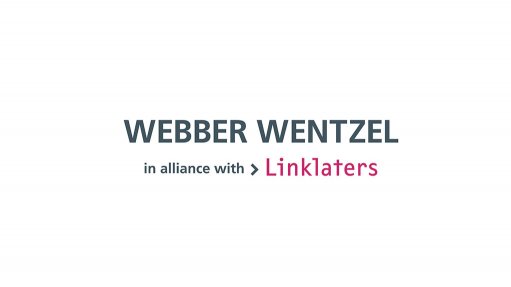
The Minister of Environment, Forestry and Fisheries (Minister) has proposed further regulatory changes to expedite the development of strategically important infrastructure. These developments are a culmination of Government's coordinated efforts to attract much needed investment, and to implement the country's 2019 Integrated Resource Plan (IRP), which requires an additional 14.4 Gigawatts of wind and 6.0 Gigawatts of solar PV capacity by 2030. Comments on these proposed changes must be submitted by 16 August 2020.
There are currently five renewable energy zones which have been earmarked for the development of large-scale wind and solar projects (commonly known as RED Zones). The RED Zones are supported by five existing power corridors for the development of large-scale electricity transmission and distribution infrastructure. These areas were chosen based on the findings of strategic environmental assessments: development is prioritised in specific geographic locations which have an abundance of resources (such as wind and sun), low environmental sensitivity, and where there is an increased need for socio-economic development, among other things. For example, the placement of RED Zones in mining areas aims to provide opportunities for rehabilitation, the re-use of existing infrastructure, and continued employment for local communities when the mines are eventually decommissioned.
Development within the RED Zones and power corridors is incentivised because applicants for environmental authorisation can follow a truncated environmental assessment process with reduced timeframes for decision making. This makes it possible to obtain an environmental authorization in just 147 days (as opposed to 300 days).
Proposed changes to Red Zones & Power Corridors
The Minister intends to expand the existing network of RED Zones and power corridors: three additional RED Zones and two new power corridors have been proposed. The RED Zones will be located in the Emalahleni, Klerksdorp and Beaufort West areas. The Eastern power corridor will be extended towards the border of Mozambique and the Western power corridor will be extended along the west coast and connect to the Northern power corridor.
The Minister proposes to further incentivise development in these areas by reducing the time taken to substantively amend environmental authorisations by 50 days.
Figure 1: Image depicting the existing eight and three proposed RED Zones, as well as the existing 5 power corridors. Photo: Council for Scientific and Industrial Research.
Proposed Strategic Gas Pipeline Corridors
The Minister has also published her intention to identify the following geographical areas which are of strategic importance for planning gas transmission pipeline infrastructure.
The purpose of these proposed pipeline corridors is to accelerate the planning for gas to power as part of the IRP, and to create an enabling environment which will allow for the streamlining of development processes in these areas. We anticipate that similar benefits in terms of permitting processing and decision-making timeframes will, in due course, be published to incentivise development within the proposed corridors.
Written by Garyn Rapson, Kirsty Kilner, Tsoseletso Bogopa for Webber Wentzel